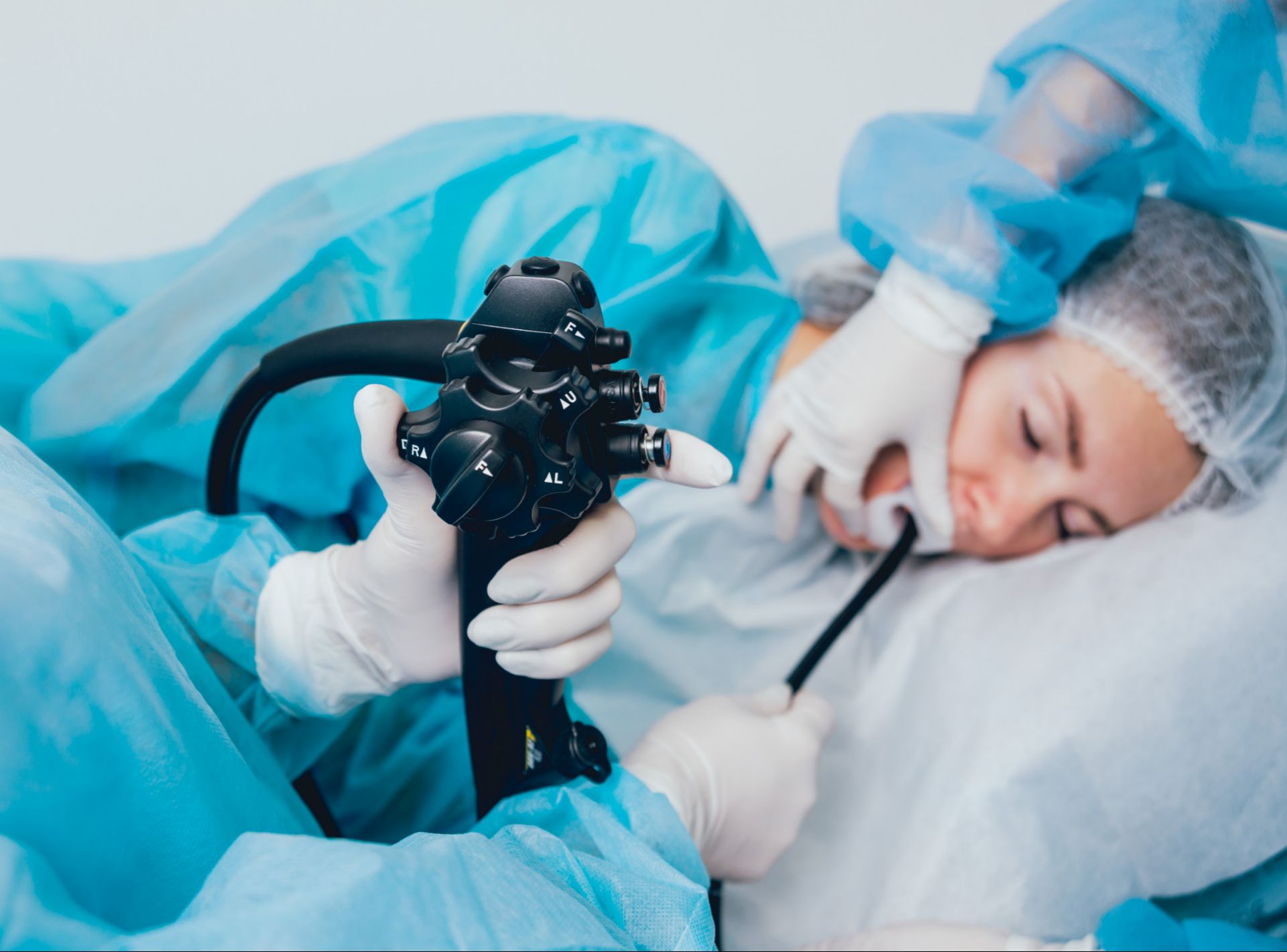Upper Endoscopy
What is Upper Endoscopy?
Upper endoscopy is a simple and common procedure used to visualize and examine the upper part of your digestive system, including organs like the esophagus, the stomach and the duodenum, which is the first part of the small intestine. Endoscopy is performed by introducing through your mouth a long and flexible tube attached to a tiny camera, called an endoscope, that allows doctors a full image of the upper digestive system.
Our Doctor's

Why would you need an Upper Endoscopy?
The procedure is commonly used to help identify the causes of:
- Abdominal or chest pain
- Nausea and vomiting
- Heartburn
- Bleeding
- Swallowing disorders
Endoscopy can also help identify inflammation, ulcers, and tumors.
Upper endoscopy is more accurate than X-rays for detecting abnormal growths and for examining the inside of the upper digestive system. The improved accuracy is especially important if you have had upper-digestive-tract surgery in the past.
What does an Endoscopy Involve?
Before the Procedures
Prior to your endoscopy, it’s important for you to stop eating and drinking at least eight hours before, in order to ensure your stomach will be empty for a better visualization of your upper digestive tract.
During the Procedures
Endoscopy is a simple procedure that is usually done as a day case. This procedure involves the following steps:
- You might receive a sedative, in order to avoid any discomfort. Also, you will be wearing a plastic mouth guard to hold your mouth open during the procedure.
- The endoscope is passed now through your mouth down your esophagus.
- The tiny camera attached to the endoscope allows the doctor to see any abnormality within your upper digestive tract.
- Some air pressure will be used to keep your digestive tract inflate and have a better visualization.
- In case any abnormality is founded, your doctor will insert some special tools through the endoscope and take a tissue sample for microscopic analysis.
- After the procedure is done, the endoscope will be slowly removed thought your mouth.
- The entire procedure usually takes around 15 to 30 minutes.

After the Procedures
- You will stay in a recovery room for about 30 minutes for observation.
- You may feel a temporary soreness in your throat. Lozenges may help.
- A responsible adult must accompany you home. Do not drive or operate machinery for at least 8 hours after the procedure.
